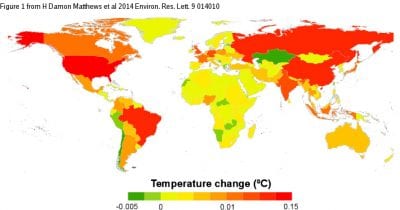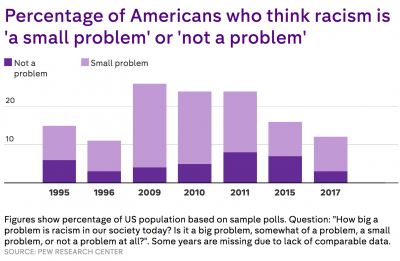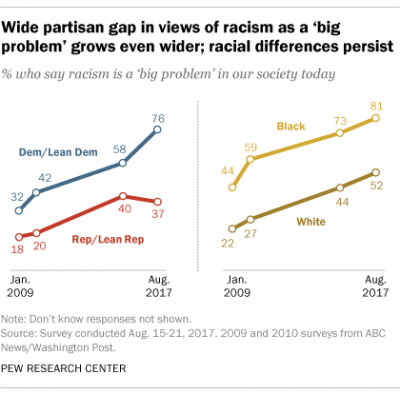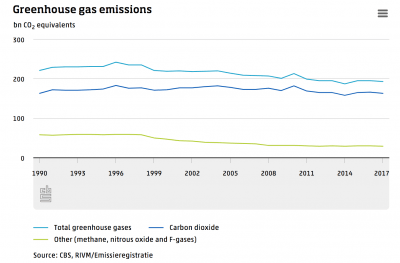I chose climate action because to me, its the most pressing issue the list is trying to combat. Ice caps are melting at record pace and the amount of greenhouse gasses in our atmosphere is making the temperature Rise. I think that fixing this issue is the most difficult goal on the list because the change in climate can be attributed to more than one human action and in 2018 regulation is not easily passed by the government. The global awareness of this issue is high but, some countries disagree if global warming (Climate Change) is real or not. Because some countries have the perspective that Global Warming is not real it is difficult to truly fix the problem. For example, if you look at the countries with the most change in temperature they are also the ones who denounce global warming as being fake (China and USA). “According to scientists at the U.S Center for Atmospheric Research, if the current rate of global temperature rise continues, the Arctic will be free of Ice by 2040.” It is up to us to Reverse the effect of climate change through global engagement so that future generations will be able to live on earth.










